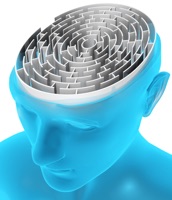I have read that the average number of new words of vocabulary in introductory biology textbooks exceeds that found in… a foreign language learning text. This can’t be well-considered; new words are the primary purpose of a foreign language course; they are a barrier to understanding in a Biology course
Some thoughts on how vocabulary in introductory biology is a horrific educational crime, and concrete proposals about what can be done, as well as available tools, follow


 in Introductory Biology. I think we’ve failed to do that, or at the very least confused
in Introductory Biology. I think we’ve failed to do that, or at the very least confused 
